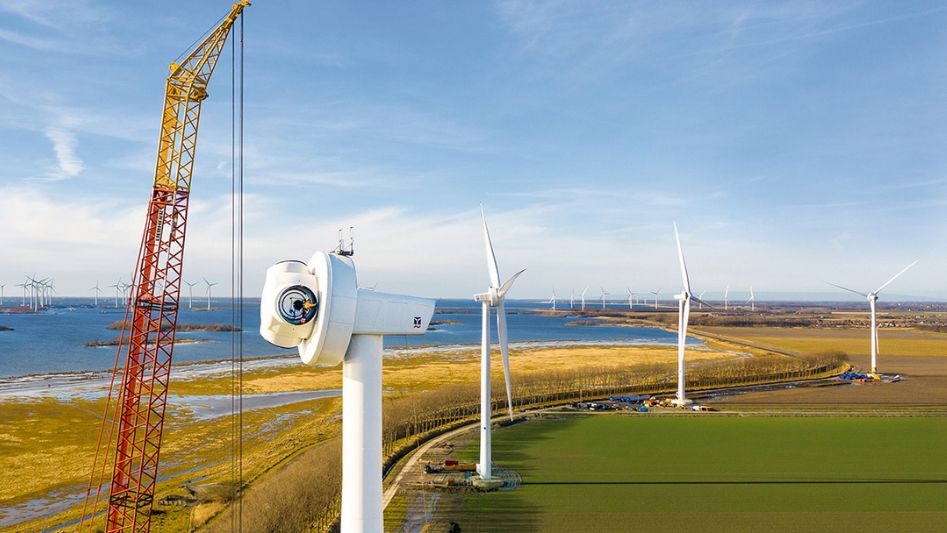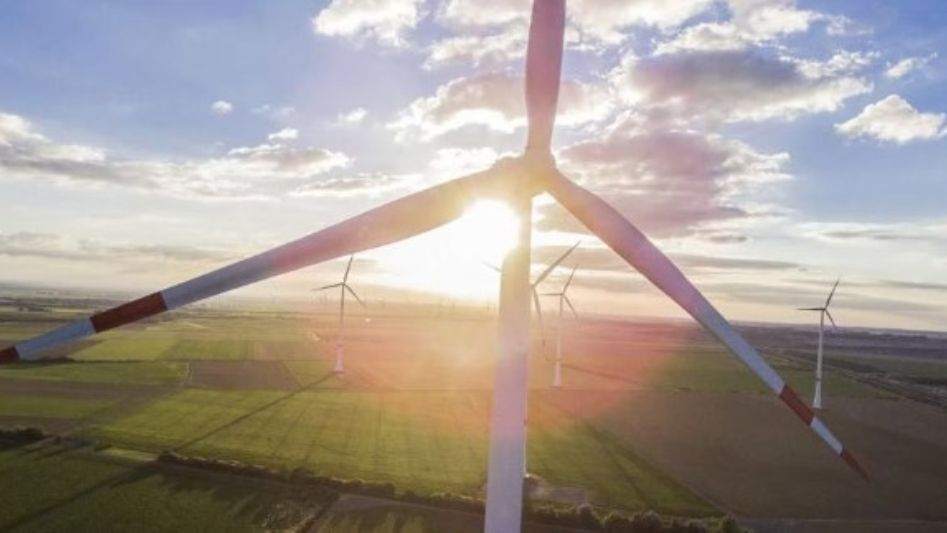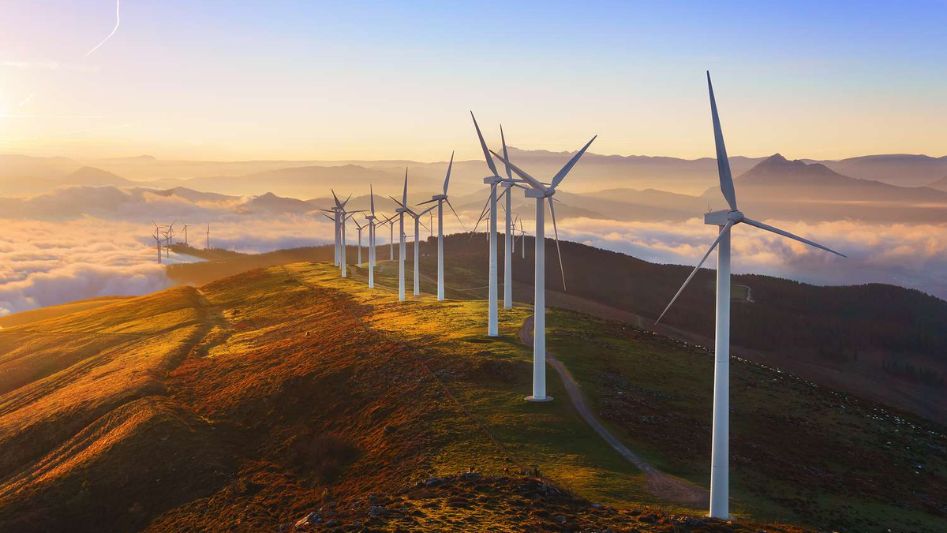Wind energy is a renewable energy source that has gained significant popularity over the last decade. It is clean, abundant, and widely available, making it an attractive alternative to traditional fossil fuels. The global wind energy market is expected to grow at a CAGR of 7.2% from 2021 to 2026, driven by increasing demand for clean energy and government initiatives promoting wind power. The future of wind energy looks bright, with innovations and trends that are transforming the industry. This article explores the latest developments in wind energy, from offshore wind turbines to smart wind farms, and how they are shaping the future of this industry.
Table of Contents

Offshore Wind Energy
Offshore wind energy is a rapidly growing sector, with significant potential to meet global energy demand. Offshore wind turbines are larger than their onshore counterparts, with capacities of up to 12 MW. They are placed in areas with high wind speeds, such as offshore locations, and generate more energy due to the consistent wind flow. The future of offshore wind energy looks promising, with the development of floating turbines that can be deployed in deep waters. These turbines are less expensive and easier to install than traditional fixed turbines.
Smart Wind Farms
Smart wind farms are an emerging trend that uses technology to optimize the performance of wind turbines. By using sensors and data analytics, wind farm operators can monitor wind conditions, turbine performance, and maintenance requirements. This helps to reduce downtime, increase efficiency, and lower costs. Smart wind farms also incorporate machine learning and artificial intelligence to predict wind patterns and optimize energy production.
Bladeless Wind Turbines
Bladeless wind turbines are a new type of wind turbine that uses a different approach to generate energy. Instead of using blades, they use a series of oscillating poles that vibrate in the wind, generating energy through electromagnetic induction. Bladeless wind turbines are quieter, safer for birds and bats, and have a smaller environmental footprint. They are also easier to maintain and have a longer lifespan than traditional turbines.

Energy Storage Solutions
Energy storage solutions are essential for the integration of wind energy into the grid. Wind energy production is variable, depending on wind conditions, and energy storage solutions help to balance supply and demand. Battery storage, pumped hydro storage, and compressed air storage are some of the energy storage solutions used in wind energy systems. The future of energy storage solutions looks bright, with advancements in battery technology and the development of new storage solutions.
Wind Energy and Electrification
Wind energy is increasingly being used for electrification in various sectors, such as transportation and buildings. The use of wind energy for electrification reduces carbon emissions and helps to mitigate climate change. Wind energy-powered electric vehicles, wind-powered buildings, and wind-powered desalination plants are some of the applications of wind energy for electrification.
Environmental Impact of Wind Energy
Wind energy is a clean and renewable energy source that has a lower environmental impact than traditional fossil fuels. However, wind energy systems can have some environmental impact, such as bird and bat mortality, noise pollution, and visual impact. The future of wind energy should focus on minimizing these impacts through better design, site selection, and monitoring.

Conclusion
The future of wind energy looks bright, with innovations and trends that are transforming the industry. Offshore wind energy, smart wind farms, bladeless wind turbines, energy storage solutions, wind energy for electrification, and minimizing the environmental impact are some of the developments that are shaping the future of this industry. As wind energy becomes more efficient, sustainable, and cost-effective, it is likely to become an increasingly important source of clean energy, helping to mitigate climate change and reduce reliance on fossil fuels.
FAQ
What is the future of wind energy?
The future of wind energy looks promising, with innovations and trends that are transforming the industry. Offshore wind energy, smart wind farms, bladeless wind turbines, energy storage solutions, wind energy for electrification, and minimizing the environmental impact are some of the developments that are shaping the future of this industry.
What are offshore wind turbines?
Offshore wind turbines are larger than their onshore counterparts and are placed in areas with high wind speeds, such as offshore locations. They generate more energy due to the consistent wind flow and are an essential component of the offshore wind energy sector.
How does wind energy storage work?
Wind energy storage solutions such as battery storage, pumped hydro storage, and compressed air storage help to balance supply and demand in wind energy systems. They store excess energy produced during times of low demand and release it during times of high demand.
What is wind energy for electrification?
Wind energy is increasingly being used for electrification in various sectors, such as transportation and buildings. Wind energy-powered electric vehicles, wind-powered buildings, and wind-powered desalination plants are some of the applications of wind energy for electrification.
You May Also Like
- SOLAR OR WIND ENERGY? DO YOU KNOW WHICH ONE TO CHOOSE IN 2022?
- WHAT IS WIND ENERGY? DEFINITION, TYPES AND MORE
- WIND ENERGY: PROS AND CONS
- NEW DATA SOUND GOOD FOR WIND ENERGY NICHOLAS
- FROM SOLAR PANELS TO WIND TURBINES: RENEWABLE ENERGY IN THE CITY
